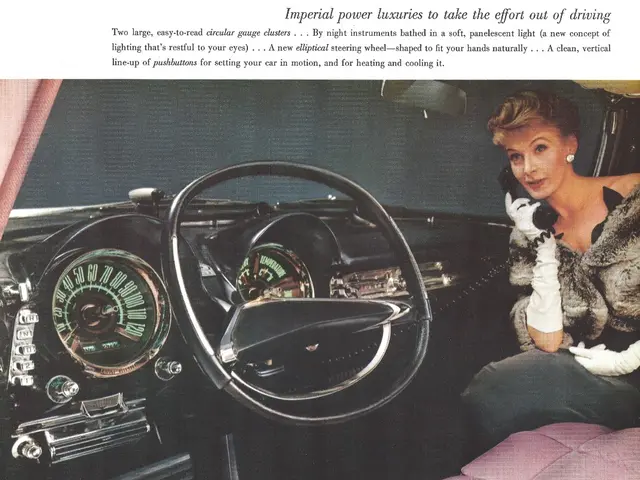Designing an Impactful Presentation Structure: Stages & Recommendations
A well-structured presentation outline is crucial for delivering a clear, focused, and impactful presentation. Here's a step-by-step guide to help you create an effective presentation outline:
1. Define the Purpose and Central Idea
Start by clarifying the main goal of your presentation. What do you want your audience to learn, feel, or do after the presentation? Formulate a clear central idea or thesis statement to guide your content.
2. Determine Your Presentation’s Structure
Organize your presentation into the classic three-part framework:
- Introduction: Introduce yourself and state your main topic, purpose, and what you will cover. Use an attention grabber like a question, story, or quote to engage the audience early.
- Body: Develop 2–4 key points supporting your main idea, each with evidence, examples, or anecdotes. Arrange points logically for smooth flow.
- Conclusion: Summarize key points and reinforce your central idea, ending with a clear call to action or takeaway.
3. Map out Major Sections and Key Points
Break down each main part into subsections or bullet points. This creates the backbone of your presentation and helps ensure balance and clarity.
4. Add Supporting Evidence and Examples
Under each key point, list facts, statistics, stories, visuals, or quotes that support it. This strengthens your argument and keeps the audience engaged.
5. Plan Slide Content and Design
Develop slides that complement your talking points without overcrowding. Use concise text, relevant images, and a consistent visual style. Each slide should smoothly lead to the next.
6. Review and Practice Your Outline
Check for logical flow, timing, and clarity. Rehearse using your outline and slides to ensure confident, well-paced delivery.
This approach ensures your presentation is clear, engaging, and persuasive by providing a roadmap from the introduction to a strong conclusion with well-supported points in between. It blends structural clarity with audience engagement techniques crucial for effective communication.
Additional Tips
- Using bullet points and headings can make your outline more readable and easier to understand.
- Including quotes, data, or testimonials can add credibility to your points.
- Breaking down content into small chunks can make it easier for the audience to digest.
- Adding high-quality images and graphics can improve the content of your presentation.
- Using polls or a short quiz can keep a presentation interactive and gauge audience understanding.
- A mind map can be an effective tool for creating a presentation outline, as it helps visually organize ideas and simplify relationships between concepts.
- A clear presentation outline helps organize ideas, deliver messages with impact, and keep the audience engaged.
- Increasing audience participation with a Q/A session at the end is beneficial.
- Using a consistent layout and font style enhances the design of presentations.
- The presentation template offered by the platform helps streamline presentation creation and ensures a logical structure.
- The platform provides a wide range of presentation templates that can be edited to suit individual presentation styles, audiences, and organization styles.
- Best practices for timing and flow include practicing the presentation several times to perfect timing, keeping the content concise, maintaining a steady pace, and ensuring you don't spend too much or too little time on any one section.
- Adding gifs or short videos can improve understanding in presentations.
Following these tips will help you create a well-structured and effective presentation outline that is clear, engaging, and impactful.
Incorporating the given words into the context of the provided text:
- To enhance the body of your presentation, consider incorporating sections on lifestyle, home-and-garden, technology, and education-and-self-development as supporting points, providing real-world examples or anecdotes to engage and educate your audience.
- In the process of reviewing your outline, practice presenting using technology, such as a digital tablet or laptop, to emulate the eventual presentation format and gain familiarity with any equipment involved.







